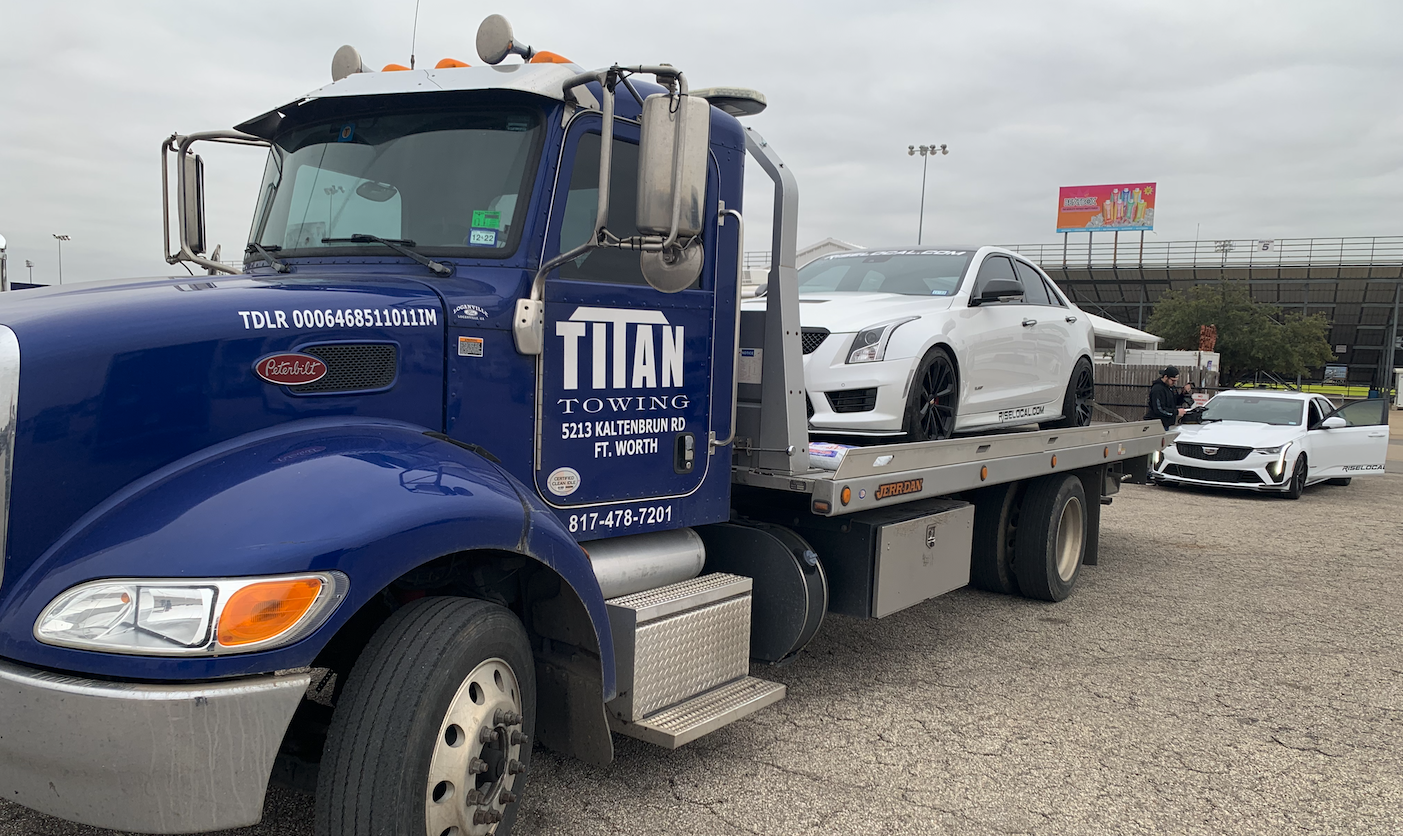Spring is here and summer is just around the corner. It’s the time of year when people get out on the road to enjoy a vacation or to take advantage of the warmer weather for the weekend. For many in the DFW area, this involves everything from visiting the area lakes to camping to car shows and rodeos. Many of these activities include towing a boat, trailer, camper, or other recreational vehicles. So, it’s always important to know your vehicle’s towing capacity.
Towing capacity is simply the total weight that your vehicle can tow, but sometimes it’s not that simple. Many factors can influence towing capacities such as extra weight put on, or in, whatever you are towing, your vehicle’s tires, and the ability to brake effectively. Also important is the towing mechanism itself, such as the hitch and ball, which must always be in good condition and adhered properly to ensure a safe tow.
Something else to keep in mind is that your vehicle’s overall gas mileage will be affected by the extra weight you are towing. It’s important not to try to exceed posted speed limits as this will burn more fuel and may cause whatever you’re towing to become unstable especially in sharp turns.

For campers, Guide to towing has a great database to ensure your car or truck can handle whatever you intend on towing. However, it’s always best to refer to your vehicle’s owner’s manual. The owner’s manual will tell you the specifics of what your vehicle can tow effectively.
Prior to your trip, plan your route to ensure you will be familiar not only with the roads but the length of time needed to arrive at your destination safely. In many areas of the country, you are required to stay in the right-hand lane when towing except for passing. So, your ability to see what you are towing and beyond it, for other vehicles, is imperative for the safety of everyone on the road. State laws on towing differ, but can be accessed at the American Automobile Association (AAA) website at:
http://drivinglaws.aaa.com/tag/trailer-towing/
For example, the towing law in Texas as displayed on the AAA website is:
“A person may not ride in a house trailer while it is being towed.”
However, the state law for Louisiana is much more detailed:
“The connection between 2 vehicles when 1 is towing the other must be of sufficient strength to pull all weight towed. The connection must not exceed 15 feet. When the connection between a vehicle and a towed vehicle is a chain, rope, or cable, a red flag or cloth at least 1-foot square must be displayed on the connection between sunrise and sunset, and a red light visible for a distance of at least 500 feet must be visible on the connection between sunset and sunrise. Maximum of 2 trailers may be towed behind passenger or pleasure vehicles.”
Knowing your towing capacity, state laws, and putting safety first as you plan your next vacation or weekend can help ensure that you will not end up needing a tow yourself.





